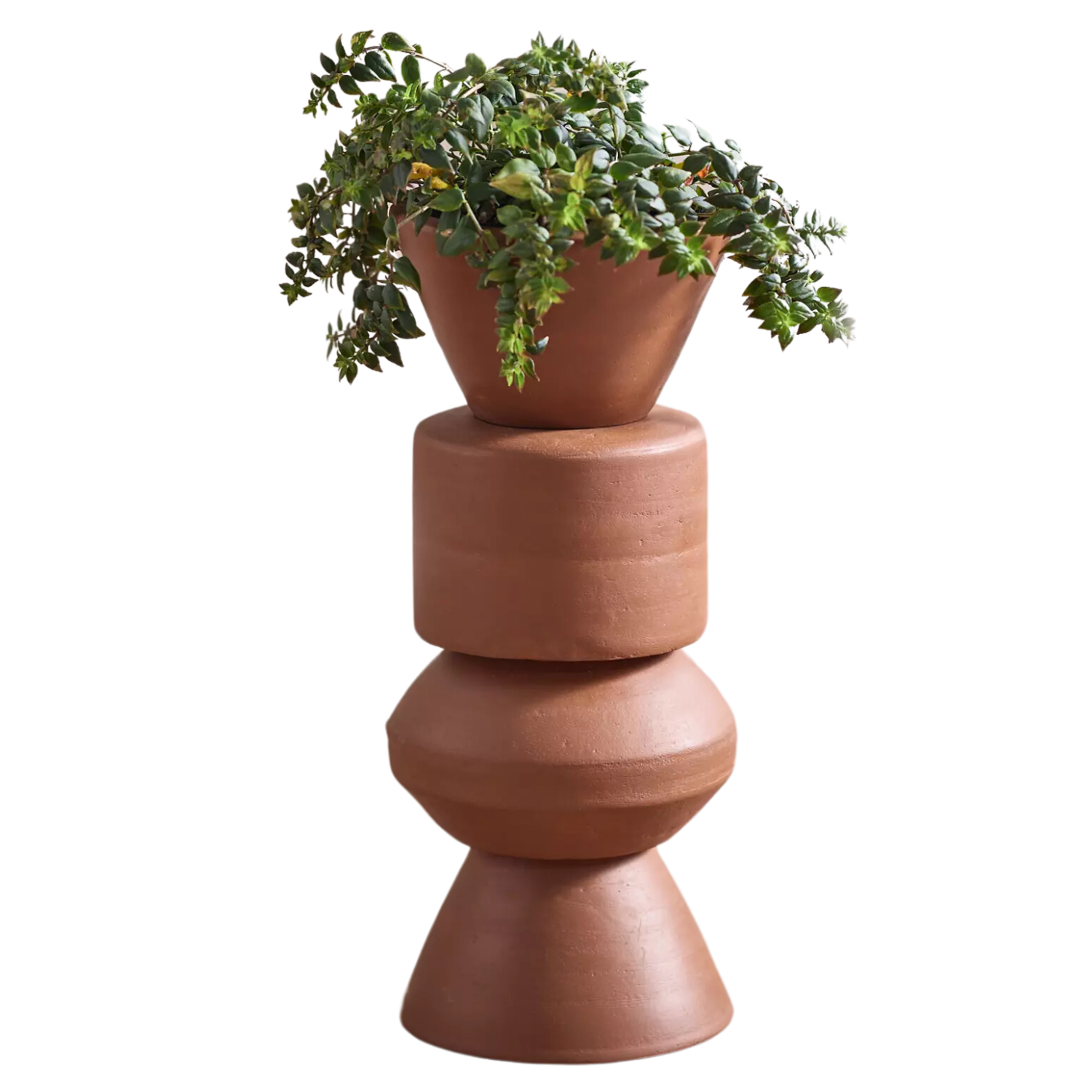When Should I Bring Plants Inside? You Should Protect Your Plants Before the Frost Hits
As far as pre-winter preparatory gardening tasks go, this is one you won't want to miss

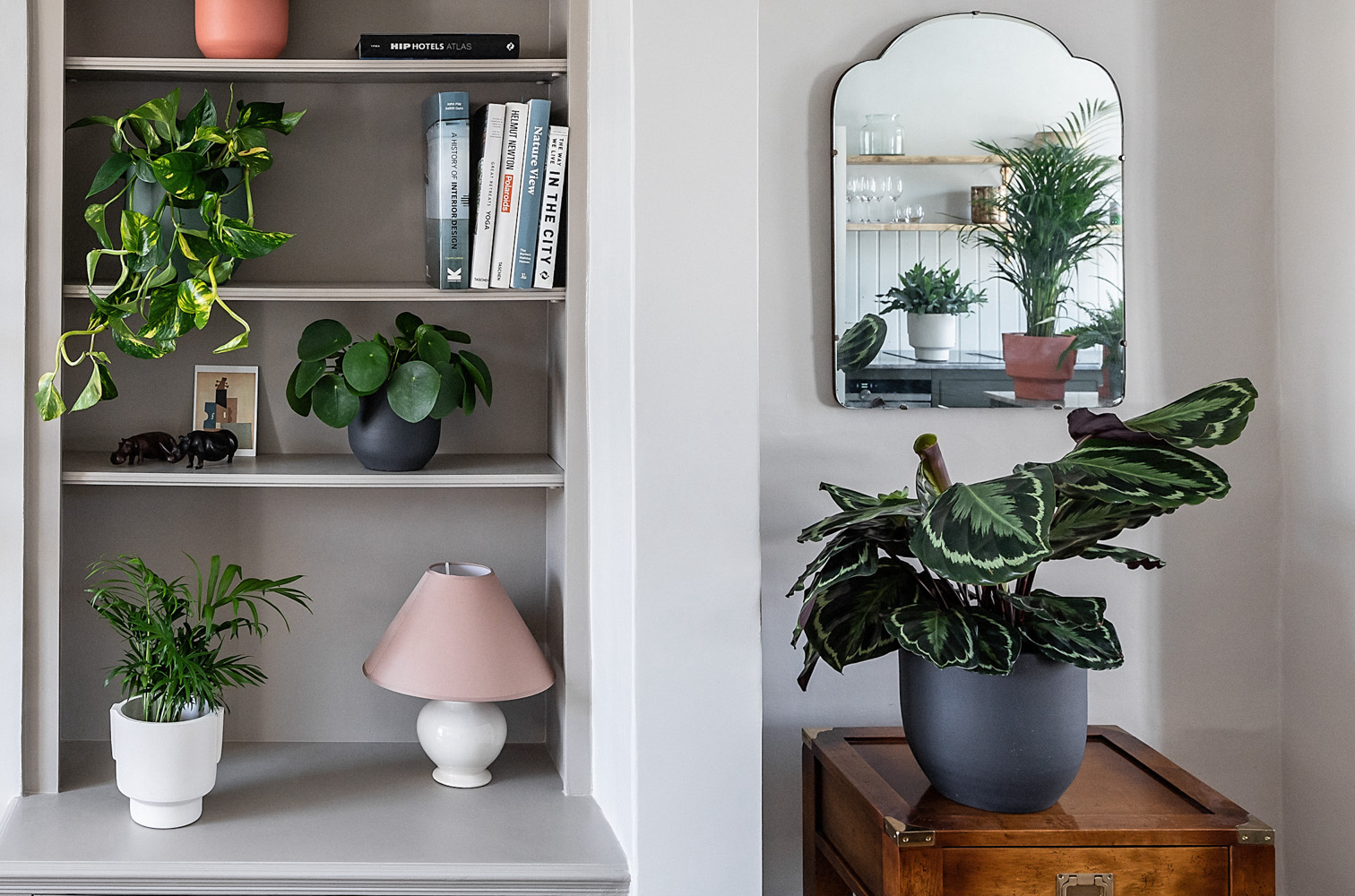
Time is flying by and with the speed at which the calendar is flipping past, winter garden prep is already on our radar. Plus, considering the fact that temperatures are dropping further this year (thanks to global warming), your backyard will likely need some help.
Now, not all plants are at risk of being left out all winter, but the less hardy grows will definitely need a warmer home for the winter. An extension of the trusty overwintering technique, bringing them indoors is a brilliant solution.
To shed light on how to go about shifting crops indoors, when we should be making this move, and why we should even give this chore our attention, we have a professional gardener's insight that we think you'll find quite useful. So if you find yourself in a zone that experiences chilly weather, then this is one to note.
When Should We Bring Plants Inside?
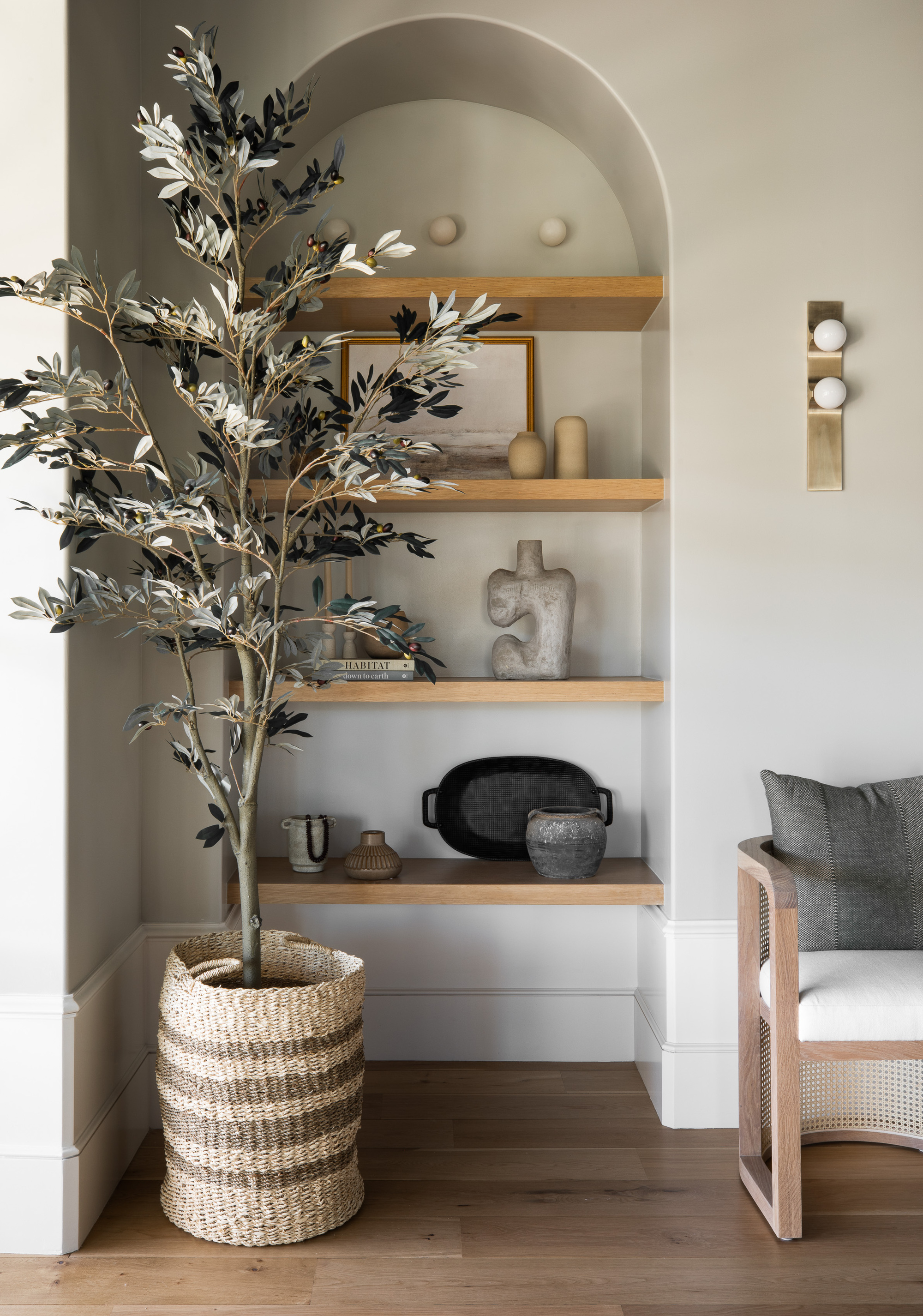
In conversation with gardening expert Tony O'Neill, he tells us that the best time to bring plants inside is before the first frost or when nighttime temperatures start dipping below 50°F (10°C).
"If the weather forecast indicates a cold snap, it’s a good idea to move your plants indoors earlier than planned," he says. "This will help you avoid any damage to your crops."
Depending on your hardiness zones and the typical temperatures your garden experiences every winter, it's advisable to plan ahead of time.
Why Should We Shift Plants Indoors?

Tony explains that bringing plants inside protects them from cold temperatures, frost, and unpredictable weather that can damage or even kill them.
The Livingetc newsletters are your inside source for what’s shaping interiors now - and what’s next. Discover trend forecasts, smart style ideas, and curated shopping inspiration that brings design to life. Subscribe today and stay ahead of the curve.
"Many popular plants are actually tropical species, so they thrive in consistent, warm conditions and need to be sheltered from the harshness of winter," he notes. So while some can survive with a fleece wrap or a plant cover, others need to be relocated altogether.
"Additionally, bringing plants inside can help them maintain their growth cycle," he adds. "And also ensure they are ready to thrive once the outdoor conditions improve."
How to Bring Plants Inside
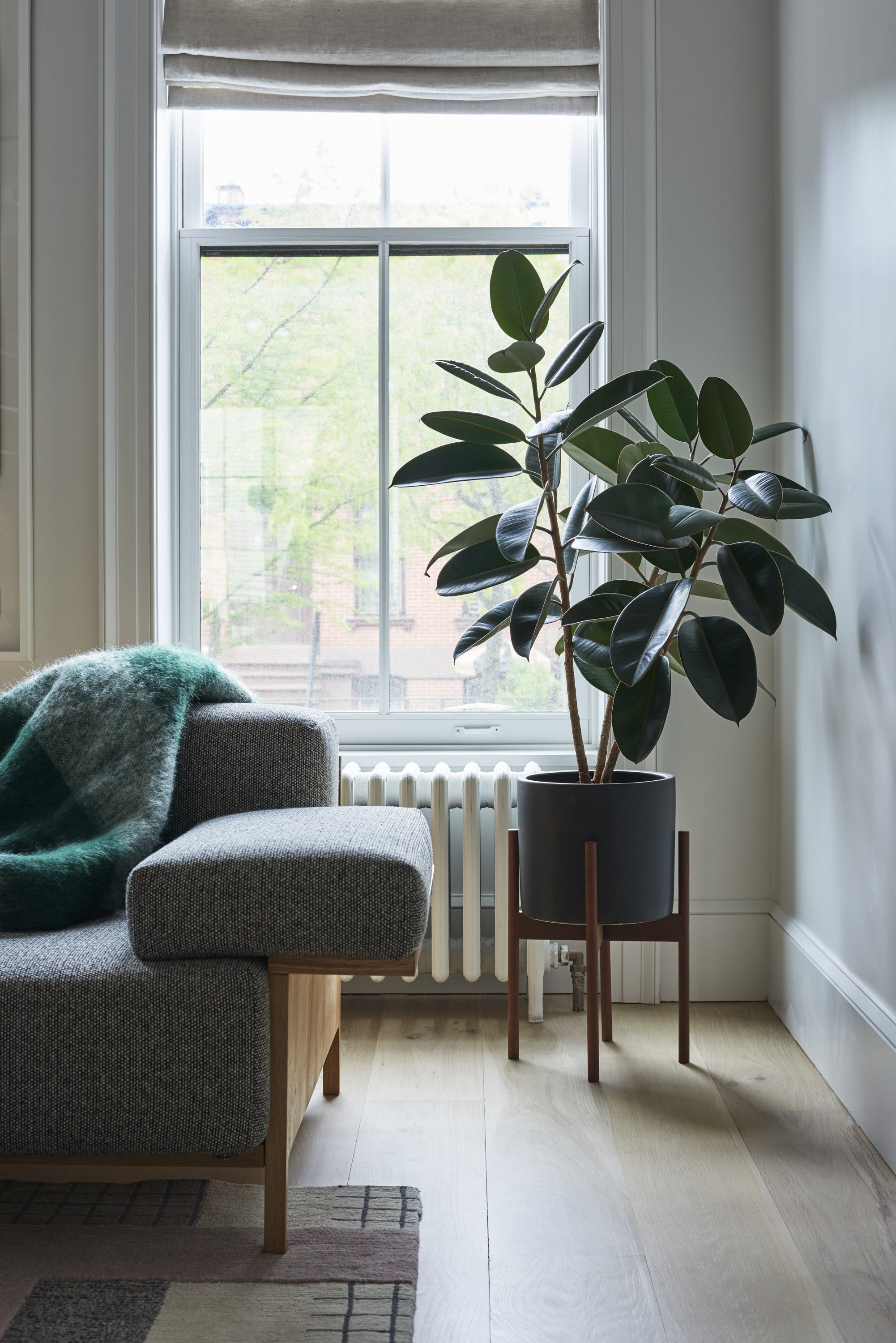
According to Tony, this four-step technique is a game-changer for plant parents who need to bring their crops indoors for the winter. Here's his go-to method for safeguarding his plants from a cold snap.
Step 1 - Inspect and Clean: Before bringing plants inside, Tony urges gardeners to check for pests and diseases. "Clean the leaves and prune any dead or damaged foliage," he advises. And if you notice any insects, he recommends treating the plants with a natural insecticide or neem oil, like this Harris Neem Oil Spray for Indoor and Outdoor Plants from Walmart.
Step 2 - Gradual Transition: To avoid shock, he suggests gradually acclimating your plants to indoor conditions by moving them inside for a few hours each day. You can then increase the time they spend indoors after a week.
Step 3 - Choose the Right Spot: Tony tells us that it's important to select locations with sufficient light and consistent temperatures. "South-facing windows are ideal for plants that need bright light," he says. "Consider using grow lights if natural light is limited."
Step 4 - Adjust Watering and Humidity: He also points out that indoor conditions tend to be drier, so he recommends monitoring the humidity and water needs of your plants. "Mist them regularly or use a humidifier to maintain adequate moisture levels," he suggests. We recommend this Ultrasonic Air Humidifier from Amazon, as it does the job and looks stylish doing it.
With all your questions answered you can now plan how to protect your plants from the cool temperature that rolls around every winter. Plus, you know how to do it like a pro, thanks to Tony's step-by-step guide.
All plants need some sort of seasonal assistance, and if your garden is dotted with crops that need to be shifted indoors, then why not make the process enjoyable by treating them to planters that are chic enough to dress up your space? Take a look at our chosen few below for some shopping inspiration.
FAQs
Which Plants can be Brought Inside?
As we mentioned earlier, not all plants need to be brought indoors. Some of them can survive just as well outside, so it's important to only shift the plants that need frost protection.
"Plants like herbs (e.g., basil, rosemary, thyme), tropical plants (e.g., ferns, palms, orchids), succulents (e.g., aloe, jade plants), and flowering plants (e.g., geraniums, begonias) can all be successfully brought indoors," says Tony. "These plants often struggle with colder outdoor temperatures, so bringing them inside helps them thrive through winter."
Bring Plants Indoors in these Chic Planters

Price: $35
Color: Beige
This Large Stoneware Plant Pot from H&M may not scream dopamine decor, due to its demure colorway but it's definitely an item that'll spark joy for both you and your plants.
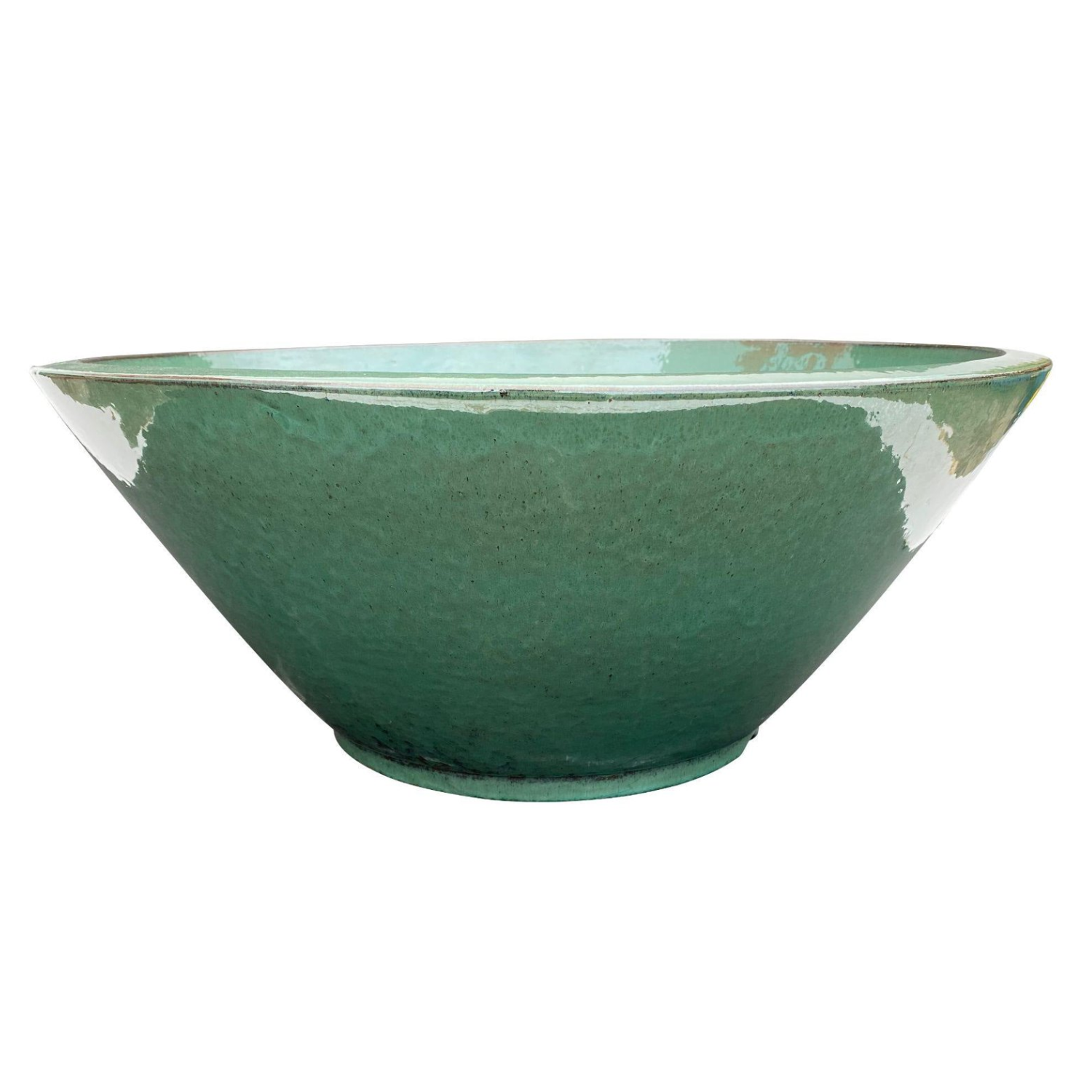
Price: $169
Color: Jade
This Low-Profile Planter Bowl from Walmart makes decorating with plants a total breeze with its stunning jade finish that is sure to refresh even the dullest indoor plant corners.

Amiya is a Home Wellness Writer at Livingetc. She recently graduated with a Masters Degree in Magazine Journalism from City, University of London, and has lent her words to beauty, fashion, and health sections of lifestyle publications including Harper’s Bazaar and Women’s Health. Her experience as a research analyst has equipped her with an eye for emerging trends. When she’s off the clock, she can be found reading, listening to music, or overanalyzing her latest Co-Star update.
